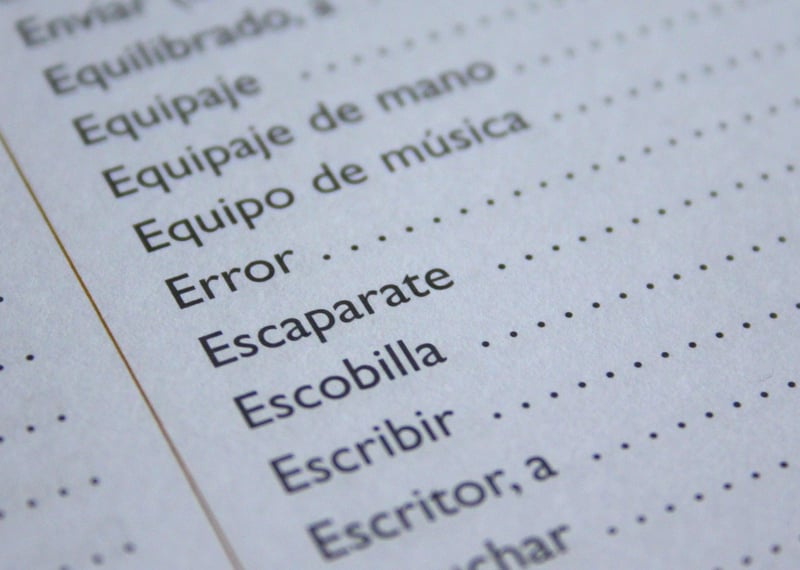Language Translator
Essential Tools and Advice for Language Translation
Introduction
Language translation is a vital aspect of communication in our globalized world. Whether you are a student, a traveler, or a business professional, having the right tools and guidance can make the process of translation more efficient and accurate.
1. Online Translation Tools
Online translation tools have revolutionized the way we communicate across different languages. Some popular tools include:
- Google Translate - Offers translations in over 100 languages, with text, voice, and image translation capabilities.
- DeepL - Known for its high-quality translations, especially in European languages.
- Babelfish - Provides a simple and user-friendly interface for quick translations.
2. Language Learning Apps
If you are looking to improve your language skills or need assistance with translation, language learning apps can be incredibly helpful. Some popular apps include:
- Duolingo - Offers interactive lessons in multiple languages to enhance your language proficiency.
- Rosetta Stone - Known for its immersive approach to language learning through interactive activities.
- Memrise - Utilizes memory techniques to help users learn new vocabulary effectively.
3. Translation Tips
When translating text or communicating in a foreign language, keep the following tips in mind:
- Understand the context of the text to ensure accurate translation.
- Avoid literal translations, as they may not convey the intended meaning correctly.
- Use online dictionaries and resources to verify the accuracy of your translations.
- Practice regularly to improve your language skills and translation accuracy.
Conclusion
By utilizing the right tools and following best practices, language translation can be made more accessible and precise. Whether you are translating documents, communicating with international clients, or learning a new language, these essential tools and advice will help you navigate the world of multilingual communication with confidence.

